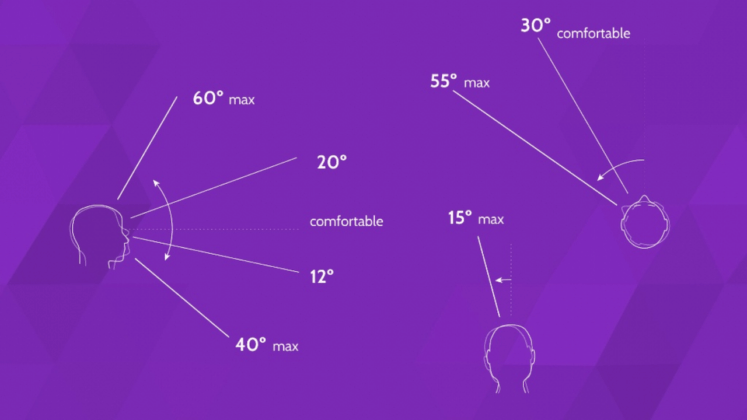

However, some people struggle with interpreting 2D drawings, especially if they have no reference point to use. How Architects and Designers Use Virtual RealityĪrchitects and designers use 2D drawings to communicate their ideas within a team and their clients. It limits uncertainty to the development phase of the design process, which means that design teams can be more agile during conception and more efficient during execution. Design teams and other stakeholders can see if a design meets the mark or if certain elements need to be tweaked or eliminated. VR has undoubtedly reduced the amount of back and forth over a design decision. Virtual reality has made it easier for design professionals to convince their clients to choose a particular finish or design. It may seem that there is more potential for augmented reality in the interior design process however, both architects and designers are using virtual reality technology in unique ways throughout their workflow, from mockups to client walkthroughs. The user can look around the space in all directions as if they were standing in that scene.
Vr software for interior design series#
It can be either animated or stitched together from a series of high-resolution photographs. A user puts on a headset and immediately transports into a scene. However, the program manufactures an entirely new and immersive environment with VR. With AR, a user sees enhancements added to their real-world environment. Virtual reality is a much more immersive experience. While augmented reality and virtual reality share similarities, there are notable differences between the two. Ultimately, AR will help reduce errors and omissions in development projects, thus saving time and money for construction and development companies.” What is Virtual Reality? In the article, The Rise of Augmented Reality in Interior Design and Property Development, author Tatyana Shavel shares, “When projects shift from prototyping to construction, AR can be used to enhance or even replace the digital drawings used by fabricators and engineers. These AR applications can reduce shock and eliminate buyer’s remorse after installing or applying a product. For example, AR can also help clients visualize flat design elements in their space, such as a paint color, wallpaper, wall art, blinds, curtains, or even flooring materials (like tile, rugs, and carpets). This technology gives their customers the ability to try before buying and has led to an increase in sales for the big box Swedish retailer.īut beyond the big, blue walls of IKEA, others in the design industry are using augmented reality. IKEA’s AR app allows its users to digitally place furniture items from the store’s catalog into real-world space. There are many practical uses for augmented reality, and companies like IKEA are at the forefront of using AR to help their customers visualize their products in a space. How Architects and Designers are Use Augmented Reality With the help of an AR-enabled app, the user can enter into a camera-type mode to see virtual elements superimposed over the real-world background. AR typically involves using a mobile device, such as a smartphone or tablet. In most augmented reality applications, and certainly when used for architecture or interior design purposes, AR overlays visual elements to a physical scene. What is Augmented Reality?Īugmented reality is a technology that enhances the real world through computer-generated information, such as graphics, sounds, and text. We’ll also highlight how incorporating AR and VR into the design process gives architects and designers an edge over their competitors.īut before we dive into examples of how designers and architects use these technologies, let’s quickly define what they are and how the two are different from each other.


They are fast becoming invaluable tools for visualization throughout the design process as both technologies support the collaborative process between architects, interior designers, and clients.īelow, we’ll explore how architects and designers use these exciting visual technologies to better communicate their ideas within their teams and with their clients. AR and VR have moved beyond the novelty phase in the design world. However, both of these technologies are being used in interior design to deliver an impressive, fully visualized experience for clients and designers. When you hear the terms “augmented reality” (AR) or “virtual reality” (VR), you may immediately think of immersive video games or entertainment.

Design How Virtual Reality is Transforming Interior Design Scottie Elliott


 0 kommentar(er)
0 kommentar(er)
